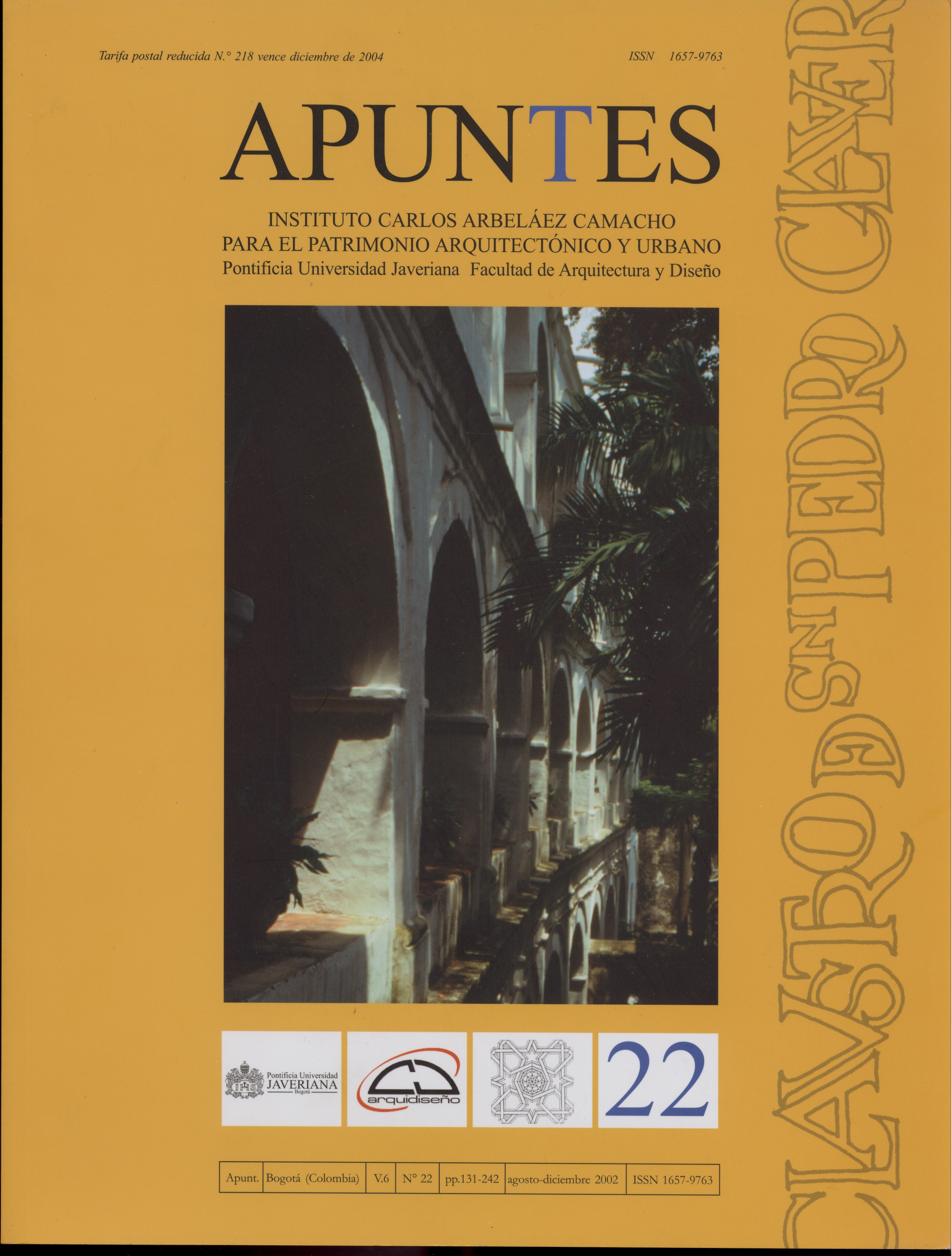Resumen
Entre los muchos monumentos antiguos de Cartagena de Indias en Colombia, se destaca por su valor histórico elconjunto conventual de San Pedro Claver. Comprende dos cuerpos de edificio: el claustro del siglo XVII, quesirvió de Colegio de la Compañía de Jesús en la época colonial; y el templo, edificado cincuenta años más tarde ydedicado en la actualidad a conservar la memoria del Santo, Apóstol de los Esclavos.Los jesuitas llegaron por primera vez a la ciudad en 1604, llamados por sus habitantes para fundar un colegio.Para entonces Cartagena era centro importante del comercio entre Europa y el Nuevo Mundo, punto de llegada de laArmada de galeones y de barcos negreros venidos del África. Contaba con hospitales e iglesias, pero carecía de unbuen centro de educación. La Comunidad se instaló de manera provisional en una casa cercana a la Plaza Mayor, peropronto emprendió la construcción de un edificio apropiado, en el terreno cedido por las autoridades, cerca del puerto.Por ese mismo tiempo los ingenieros militares se ocupaban del trazado y construcción de las murallas ybaluartes de defensa. Entre religiosos e ingenieros se planteó entonces un complicado litigio, al invadir la obramilitar el terreno del Colegio. En un primer momento la solución fue edificar el Colegio sobre las murallas. Peroante el peligro que esto implicaba para la seguridad ciudadana, el rey dio orden de demoler el edificio. Tras un largopleito que duró más de treinta anos, los litigantes lograron una solución razonable levantando un segundo tramode muralla delante del primero. Este fue el campo de apostolado de San Pedro Claver. A la puerta del Colegio y enla pequeña iglesia de los jesuitas, recibía a los esclavos recién desembarcados en las playas de América en las másprecarias condiciones.Con el correr del tiempo el edificio del Colegio pasó por muchos dueños y sufrió radicales reformas y despojos.En 1767 fueron desterrados los jesuitas de España y de todas sus colonias. El Colegio quedó convertido enHospital, a cargo de la Comunidad de los Hermanos Hospitalarios de San Juan de Dios. En 1861 el dictadorTomás Cipriano de Mosquera desalojó a los religiosos, y el edificio, incluyendo el templo, pasó a ser cuartel delejército. En 1884 lo recuperó para la Iglesia el obispo de Cartagena Monseñor Eugenio Biffi y lo devolvió a losjesuitas, quienes de nuevo tomaron posesión de él en 1896.A partir de entonces la Compañía de Jesús, cuyos miembros residen en él, se ha preocupado por mantenervivo el recuerdo del Apóstol de los Esclavos. Para lograrlo, emprendió con gran empeño la restauracióndel monumento, y ha procurado hacer de él un lugar acogedor, en que el visitante pueda revivir el ambientede aquellas épocas coloniales, conservando la memoria de los esclavos y de la obra meritoria que Claverrealizó en su defensa. Ha sido muy valiosa la ayuda de la Universidad Javeriana, que mediante el InstitutoCarlos Arbeláez Camacho de la Facultad de Arquitectura, adelantó durante diez años los estudios del monumentocon miras a su conservación. Aprobado el proyecto por parte de las entidades competentes, restaahora hacer realidad este proyecto.La revista Apuntes se encuentra registrada bajo la licencia Creative Commons Reconocimiento 4.0 Internacional. Por lo tanto, esta obra se puede reproducir, distribuir y comunicar públicamente en formato digital, siempre que se reconozca el nombre de los autores y a la Pontificia Universidad Javeriana. Se permite citar, adaptar, transformar, autoarchivar, republicar y crear a partir del material, para cualquier finalidad (incluso comercial), siempre que se reconozca adecuadamente la autoría, se proporcione un enlace a la obra original y se indique si se han realizado cambios. La Pontificia Universidad Javeriana no retiene los derechos sobre las obras publicadas y los contenidos son responsabilidad exclusiva de los autores, quienes conservan sus derechos morales, intelectuales, de privacidad y publicidad.
El aval sobre la intervención de la obra (revisión, corrección de estilo, traducción, diagramación) y su posterior divulgación se otorga mediante una licencia de uso y no a través de una cesión de derechos, lo que representa que la revista y la Pontificia Universidad Javeriana se eximen de cualquier responsabilidad que se pueda derivar de una mala práctica ética por parte de los autores. En consecuencia de la protección brindada por la licencia de uso, la revista no se encuentra en la obligación de publicar retractaciones o modificar la información ya publicada, a no ser que la errata surja del proceso de gestión editorial. La publicación de contenidos en esta revista no representa regalías para los contribuyentes.


